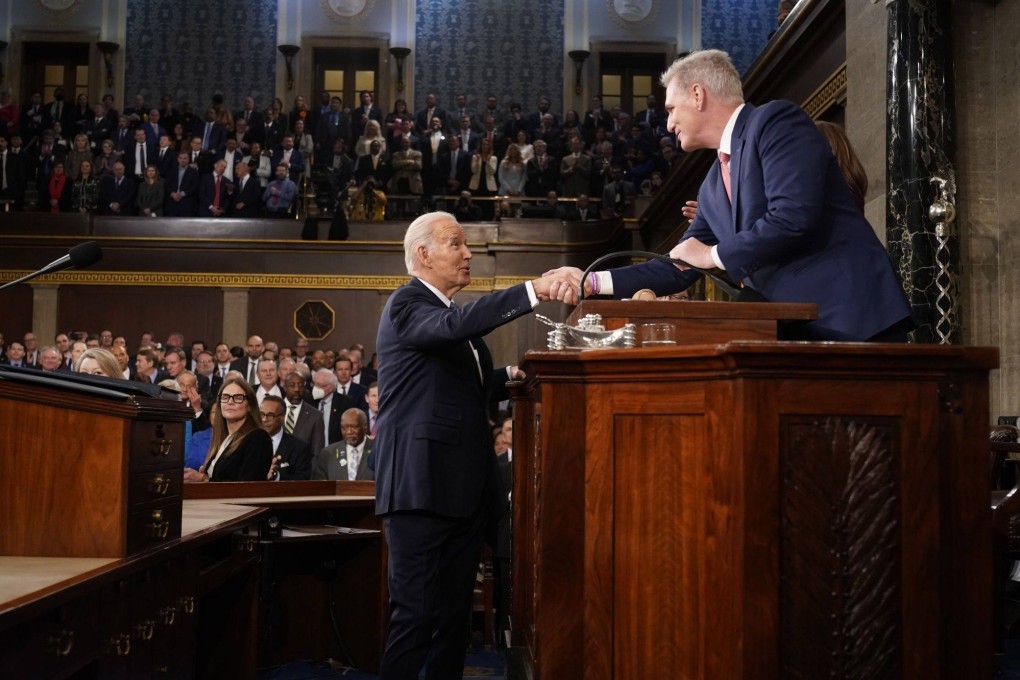Advertisement
Macroscope | Fixing latest US debt ceiling crisis needs compromise from Biden and House Republicans
- Much like 2011, a Republican-controlled House is trying to force a Democratic president to cut federal spending in exchange for averting a government shutdown
- Now, though, House Speaker Kevin McCarthy must not only forge compromise with US President Joe Biden but also radical elements in his own party
Reading Time:3 minutes
Why you can trust SCMP
3

The United States is one of the few countries in the world whose level of government issuance is limited by its lawmakers. The US federal government debt ceiling has been raised or suspended close to 100 times, usually without much debate.
However, the current political climate in the US could mean the path to lifting the debt ceiling and avoiding a government default could be bumpier than investors would prefer.
In mid-January, Treasury Secretary Janet Yellen warned that the US federal debt would reach its legal limit by January 19. This does not mean the government runs out of money straight away. It still has around US$300 billion in deposits parked in its account with the US Federal Reserve and is expected to start receiving tax revenue in April.
Advertisement
There are also other accounting methods the government can deploy to meet its funding obligations. In February, the non-partisan Congressional Budget Office estimated that these measures should allow the government to avoid a default in the next five to eight months.
As the largest government bond market in the world, and with US Treasuries being one of the most important financial assets for the global financial system, a government default would create shock waves around the world. Interest rates of US dollar corporate bonds around the world are often referenced to US government bond yields. Wild swings in these reference rates would affect companies’ funding costs.
Advertisement
The experience of the UK gilt market crisis last September also serves as an important reminder that the use of investment structures or derivatives could lead to unintended consequences to the broader market or economic activities when these benchmarks swing more than usual.
Advertisement
Select Voice
Choose your listening speed
Get through articles 2x faster
1.25x
250 WPM
Slow
Average
Fast
1.25x
